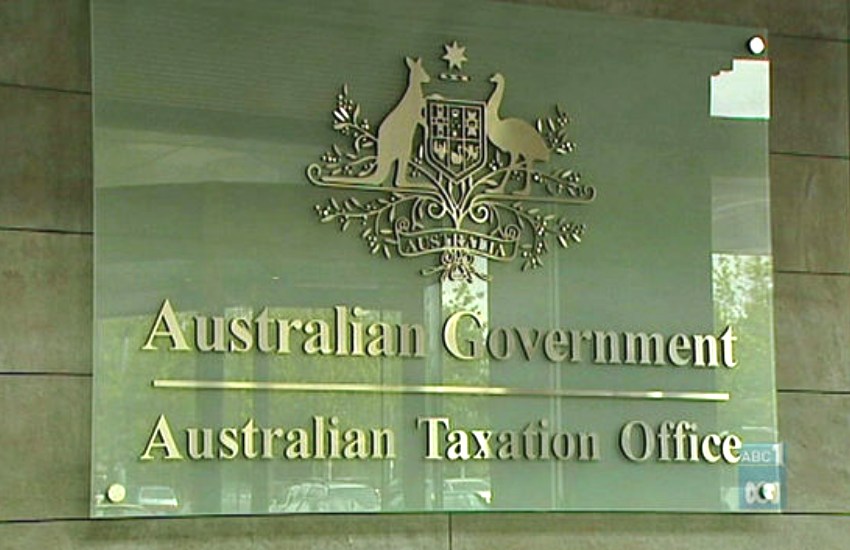‘Fulsome survey of facts and evidence’ required: ATO speaks on correspondence error
TaxThe ATO has moved to remove “unclear language” in its template letters following a high-profile federal court case but says taxpayers should not interpret decisions in isolation of facts and evidence.

Last year, the Full Federal Court ruled in Pintarich v Deputy Commissioner of Taxation that Mr Pintarich was liable for the entire amount of General Interest Charge (GIC) on income tax, despite an error in communication from a letter from the deputy commissioner stating that he was not.
The case centres around how Mr Pintarich had reached an agreement with the ATO to pay a primary tax debt of $821,762.75 while the ATO considered a full remission of the GIC – approximately $344,000.
In response to the request by the taxpayer’s agent for a lump sum arrangement and payment slips, an ATO officer issued a system generated letter stating that a lump sum payment $839,115.43 had been accepted and that the payout figure was inclusive of the estimated GIC.
The court found that the letter was created under a computer-based “template bulk issue letter”, and that no decision had been made because there was no “mental process” of reaching a conclusion.
“The system generated letter did not allow the officer to customise either the text or the GIC calculation imputed in the letter, nor otherwise view or alter the letter before it issued,” the ATO said.
The Tax Office admitted at the time that the case was a “bad look” for the agency and said it would be seeking to ensure such letters would not be sent in error again.
Yesterday, the ATO released its decision impact statement, confirming that it “has removed the unclear language in the specific template used in this matter, and replaced it with language that is more appropriate for all circumstances when this template is issued”.
“The particular template used by the ATO officer in this case was used 82,217 times in the 12 months to October 2018,” the ATO said.
“In those circumstances, there will be some instances where a communication from the ATO might not have been as clear as it could be. The template used by the ATO officer in this matter is an example of such a communication which could have been more clearly expressed.”
The ATO also committed to undertake a complete review of all payment plan letters in the longer term to ensure a range of scenarios were incorporated in its automatically generated letters.
However, the Tax Office said the case was an example of a situation where taxpayers needed to make “a more fulsome survey of all of the facts and evidence” before landing on an interpretation.
“Documents and other forms of communications should be interpreted within the context in which they were made as measured against the objective facts and evidence,” the ATO said.
“Whether a particular document evidences a decision is not a task left to the interpretation of the terms of such a document in isolation.”




